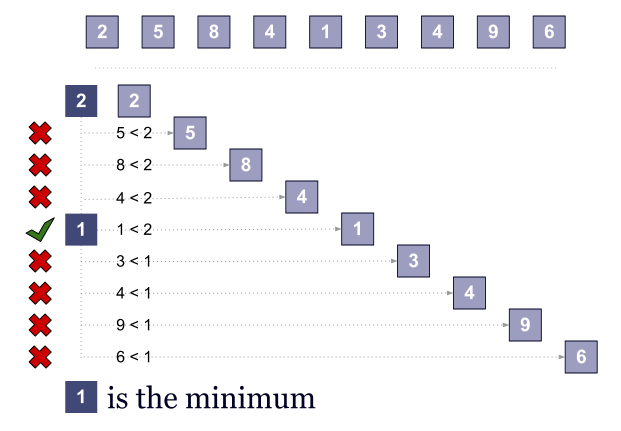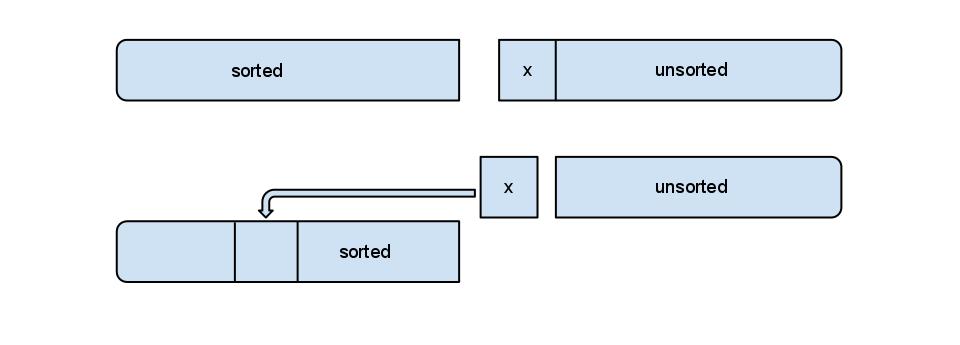Introduction
Constructing a linked list is a fairly simple task. Linked lists are a linear structure and the items are located one after another, each pointing to its predecessor and its successor. Almost every operation is easy to code in few lines and doesn’t require advanced skills. Operations like insert, delete, etc. over linked lists are performed in a linear time. Of course on small data sets this works fine, but as the data grows these operations, especially the search operation becomes too slow.
Indeed searching in a linked list has a linear complexity and in the worst case we must go through the entire list in order to find the desired element. The worst case is when the item doesn’t belong to the list and we must check every single item of the list even the last one without success. This approach seems much like the sequential search over arrays. Of course this is bad when we talk about large data sets.





